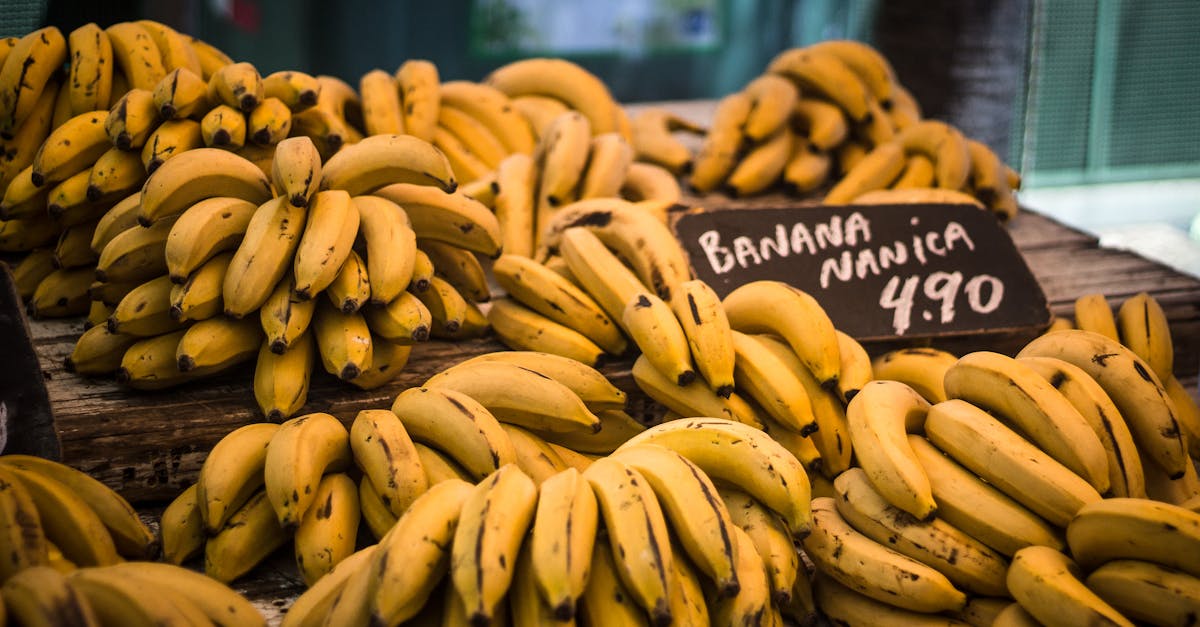
Introduction
As the culinary landscape continues to evolve, 2025 is set to be a year of exciting food innovations and trends. From cutting-edge technology enhancing dining experiences to a growing focus on sustainability, the world of food is poised for transformation. With environmental consciousness becoming mainstream, consumers are increasingly seeking out eco-friendly eating options. Exotic and authentic flavors from around the globe are also making their mark, offering adventurous eaters new culinary delights. In addition to green dining and global palettes, health-conscious eateries are pushing the boundaries with inventive nutrition-focused menus. Technology, too, is playing a pivotal role, integrating seamlessly into the dining experience.
Sustainable Eating Takes Center Stage
The trend towards sustainable eating is no longer a matter of choice but a necessity. Restaurants are adopting farm-to-table practices more rigorously to reduce the carbon footprint. Urban farming and vertical gardens are popping up in metropolises, bringing fresh produce closer to urban consumers. The push for zero-waste kitchens is gaining momentum, challenging chefs to get creative with food scraps and leftovers. Plant-based diets, once considered niche, are enjoying widespread popularity, with innovative meat substitutes entering the mainstream market. Ocean-friendly seafood choices and sustainable fishing practices are becoming top priorities for eco-conscious diners.
Exotic Flavors and Global Cuisines
Globalization has expanded the culinary horizon, and 2025 promises to deliver a melting pot of flavors. Diverse cuisines, from lesser-known regions, are at the forefront of dining trends, providing a rich tapestry of dishes. Diners are increasingly drawn to authentic spices and traditional cooking methods, rediscovering the essence of global cuisine. For instance, Middle Eastern spices and African grains are adding depth to menus worldwide. Chefs are exploring culinary fusion, incorporating exotic flavors into familiar dishes to offer unique culinary experiences. This trend caters to the adventurous who seek the thrill of tasting the unfamiliar.
Health and Nutrition-Focused Dining
In response to rising health awareness, restaurants are getting innovative with nutrition-focused menus. Nutrient-dense superfoods like kale, quinoa, and turmeric are starring across various dishes. Personalized nutrition is gaining traction, with menus offering customized meal plans tailored to individual dietary needs. Low-carb and keto options are consistently in demand, as consumers look for healthier eating habits. Probiotic-rich foods are being embraced for their gut health benefits, making their way into smoothies and salads. This emphasis on health-conscious dining is shaping the culinary scene, ensuring patrons feel good about what they eat.
Technology-Driven Dining Experiences
The integration of technology within the dining experience is a hallmark of 2025. Virtual menus, accessible via smart devices, are transforming how diners interact with restaurants. The rise of online reservations, contactless payments, and digital loyalty programs offers convenience to tech-savvy consumers. Smart kitchens are taking efficiency to new heights, employing AI for inventory management and personalized cooking experiences. Augmented reality dining allows guests to visually immerse themselves in the culinary story behind their meals. Robot chefs and automated service staff are no longer just concepts but a growing reality within select futuristic establishments.
Artisanal and Craft Beverages
The craft beverage industry is flourishing as consumers gravitate towards unique, artisanal options. Craft beers, local wines, and specialty coffees are more popular than ever, thanks to an emphasis on quality and local sourcing. Barrel-aged cocktails and small-batch spirits are enticing patrons seeking distinctive aromatic experiences. Non-alcoholic beverages are garnering their own spotlight, with fermented teas and flavored kombucha offering refreshing alternatives. The trend underscores a preference for genuine, home-grown flavors, coupled with an appreciation for the craft of drink-making.
Food as An Experience
Dining intricacies are evolving beyond taste, transforming meals into immersive experiences. Concept-based eateries provide diners with a blend of culinary and story-rich adventures. Pop-up restaurants and culinary events are drawing food enthusiasts eager to be part of transient dining experiences. This trend encompasses interactive dining, where guests partake in meal preparation or enjoy a theatrical meal reveal. Restaurateurs are focusing on ambiance and design to craft an atmosphere that echoes the essence of the cuisine. The experience-centric approach ensures each dining moment is memorable, engaging all the senses.
Ethical Sourcing and Transparency
As consumers question the origins of their meals, transparency is becoming a priority. Diners are increasingly interested in sourcing ethics, opting for restaurants that provide farm-to-fork transparency. Labels highlighting animal welfare practices and fair trade sourcing are gaining importance in purchasing decisions. This trend reflects a significant shift towards conscientious consumption, as patrons align with establishments resonating with their values. Ethical consideration extends to labor practices, with diners supporting venues that ensure fair treatment of staff and farmers alike.
The Future of Alternative Proteins
Alternative proteins are set to take the culinary world by storm in 2025. Lab-grown meat and edible insects are emerging as sustainable and viable protein sources. Meatless products have evolved, offering taste and texture that rival traditional meats. Algae-based foods and fungal proteins are expanding dietary possibilities, catering to both the environmentally conscious and the health-focused. International policy shifts are paving the way for these novel food sources to reach mainstream markets, altering public perceptions on protein intake. This evolution in protein alternatives is poised to impact global diet patterns, steering the future of food innovation.
Conclusion: Embracing the Future of Dining
Forecasting food trends in 2025 provides a tantalizing glimpse into the future of dining. With sustainability leading the charge, the emphasis is on eco-friendly practices and minimizing environmental impacts. Diverse flavors and culinary techniques promise to broaden palates worldwide. Health and wellness continue to shape dining choices, complemented by technology-enhanced convenience. As ethical and transparent sourcing becomes consumer priorities, dining experiences are evolving to meet these expectations. Looking ahead, 2025 is not just about food consumption—it's an era of culinary exploration and responsible innovation, where diner preferences not only reflect personal tastes but also broader global concerns.